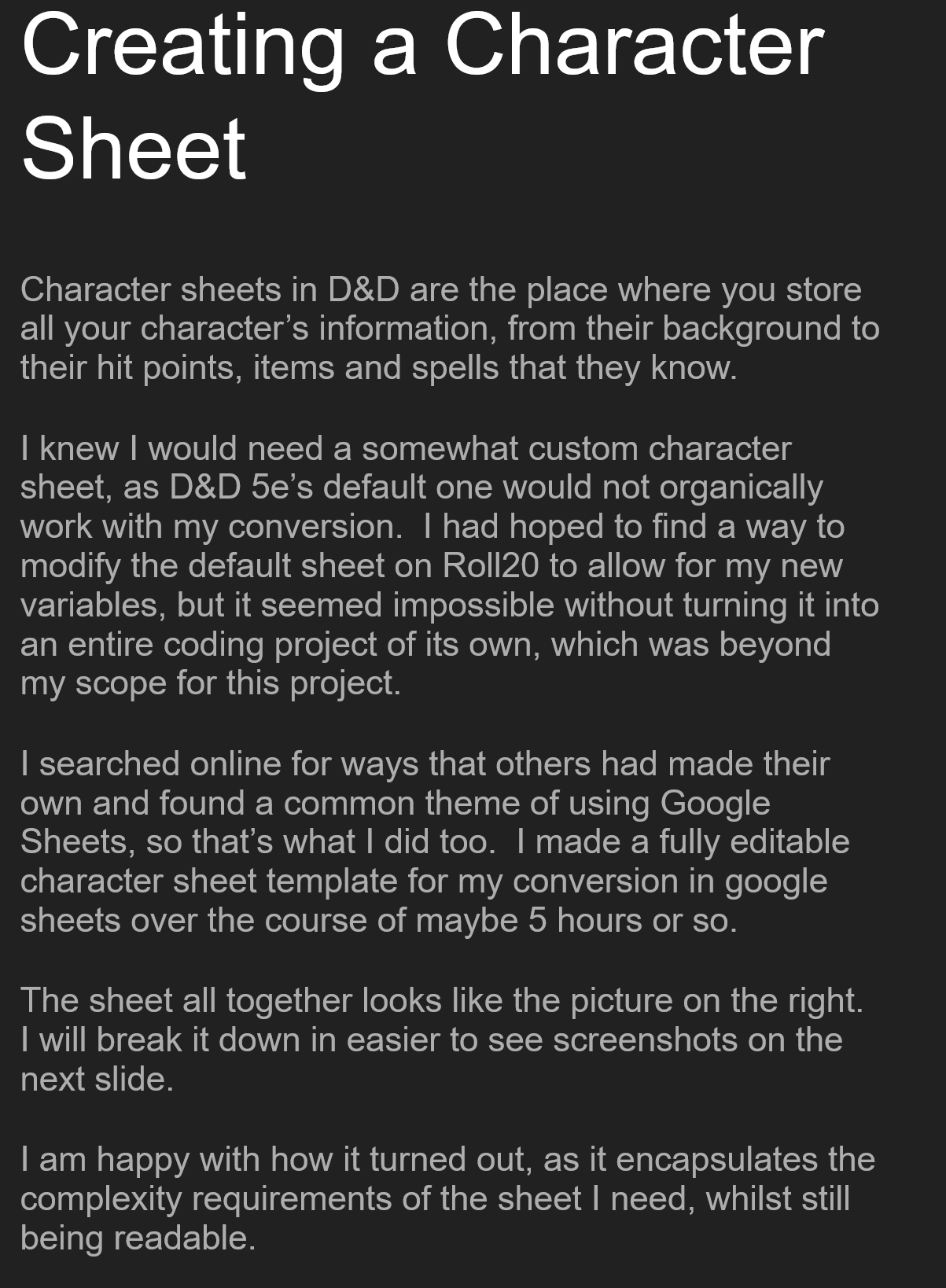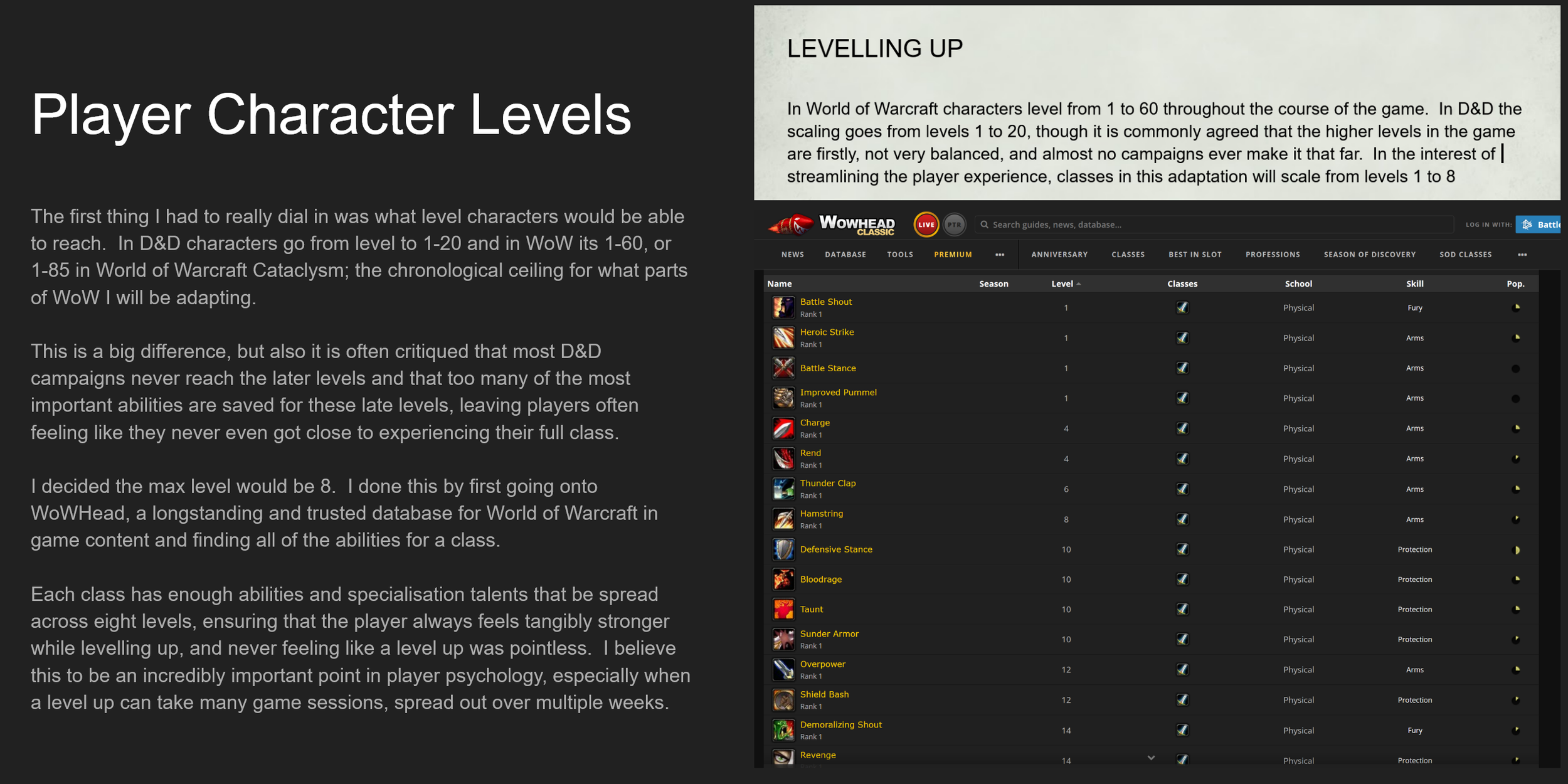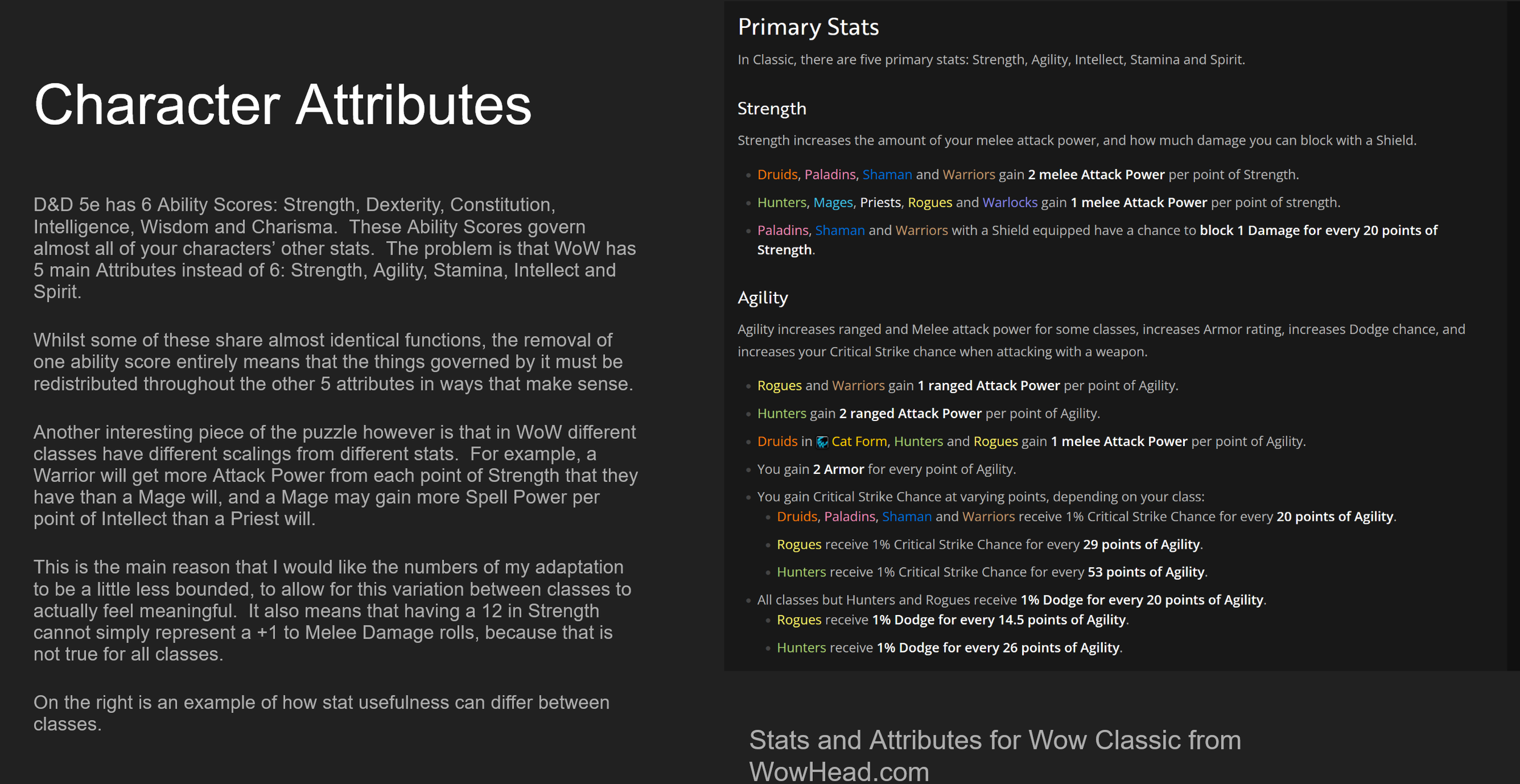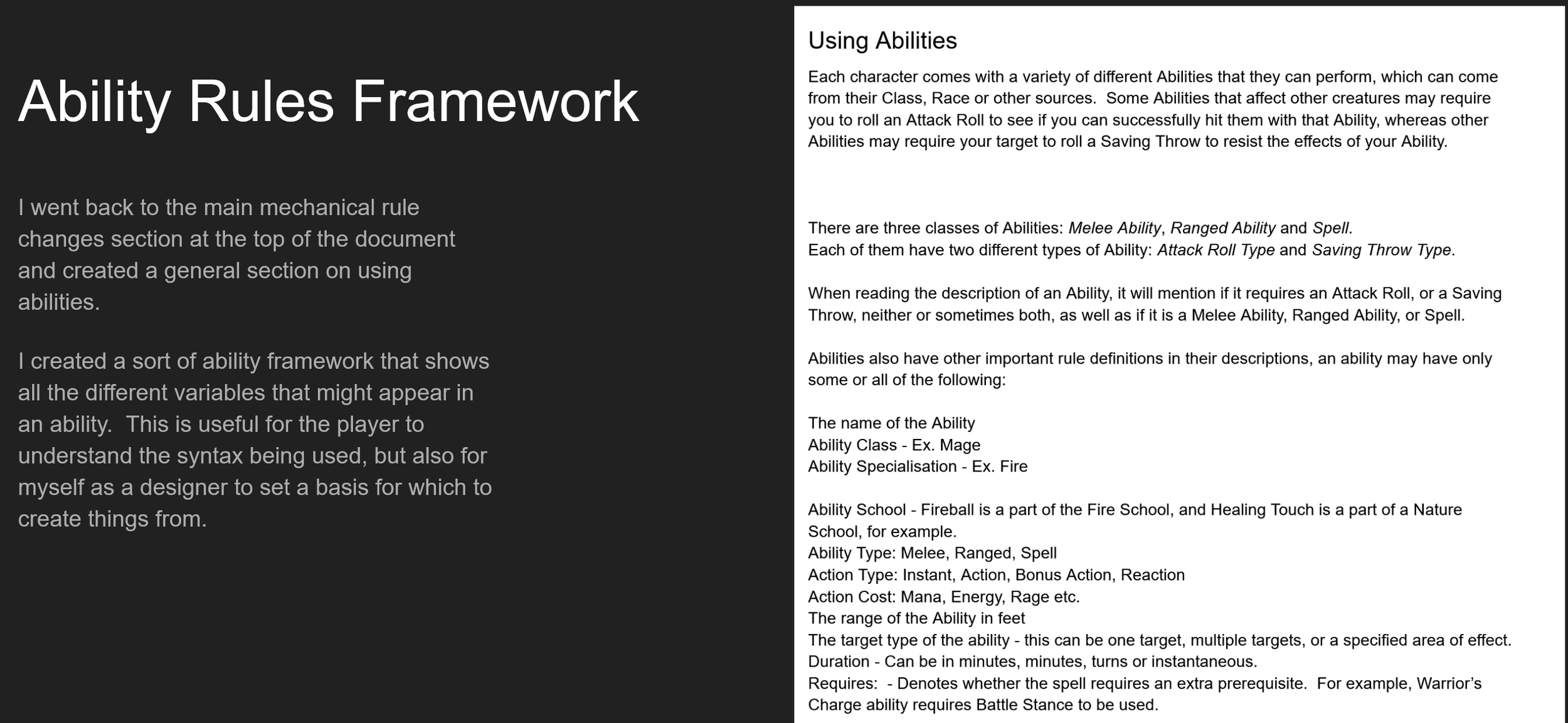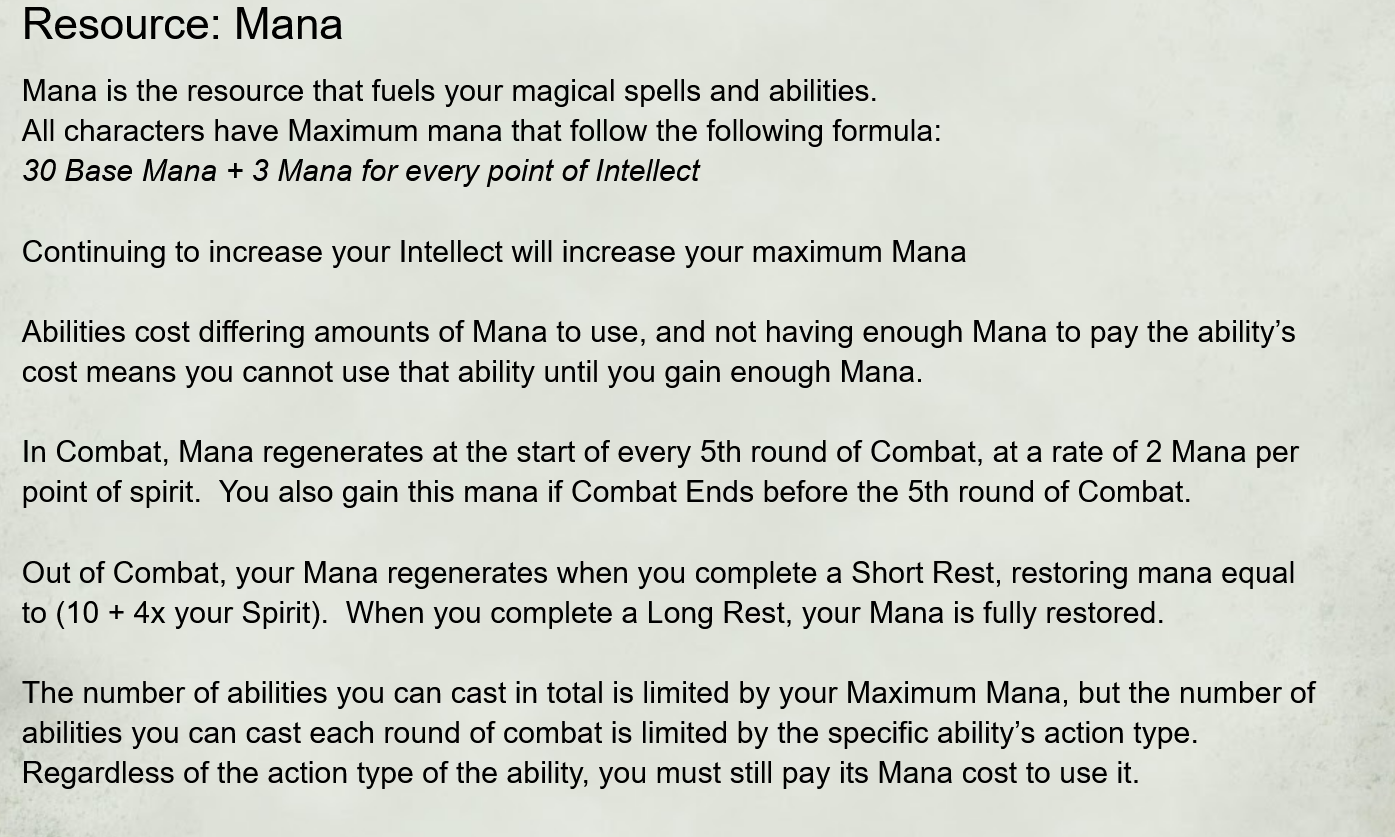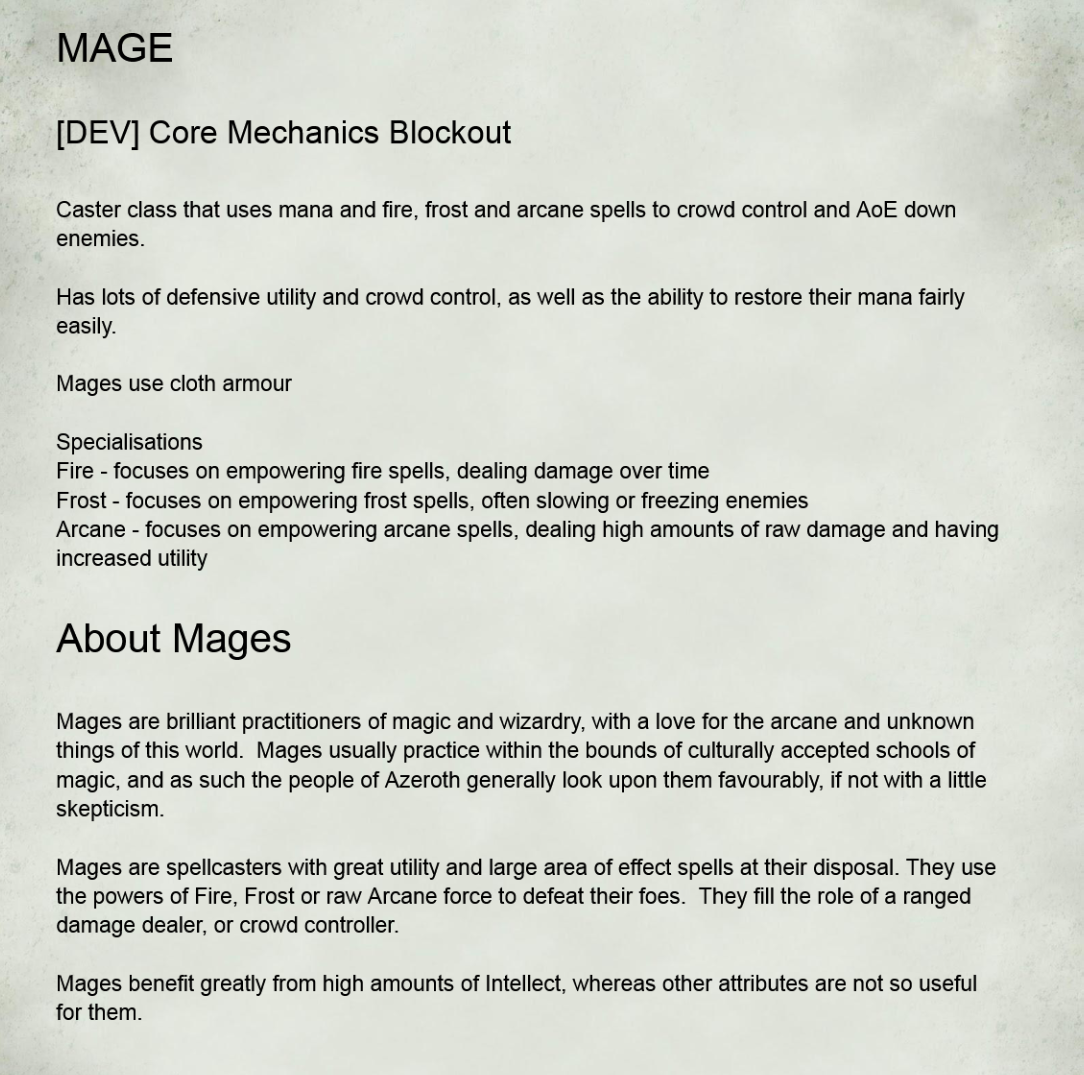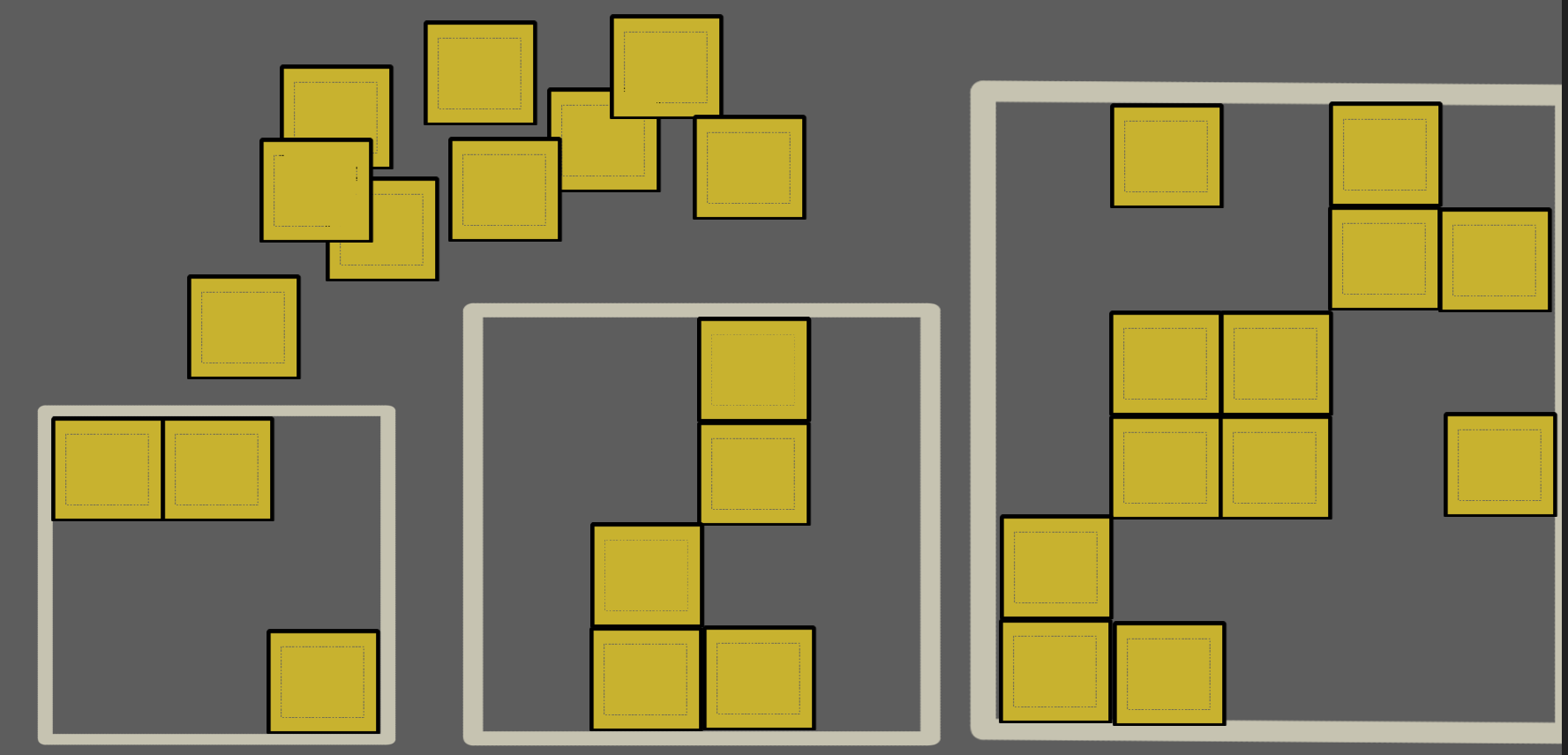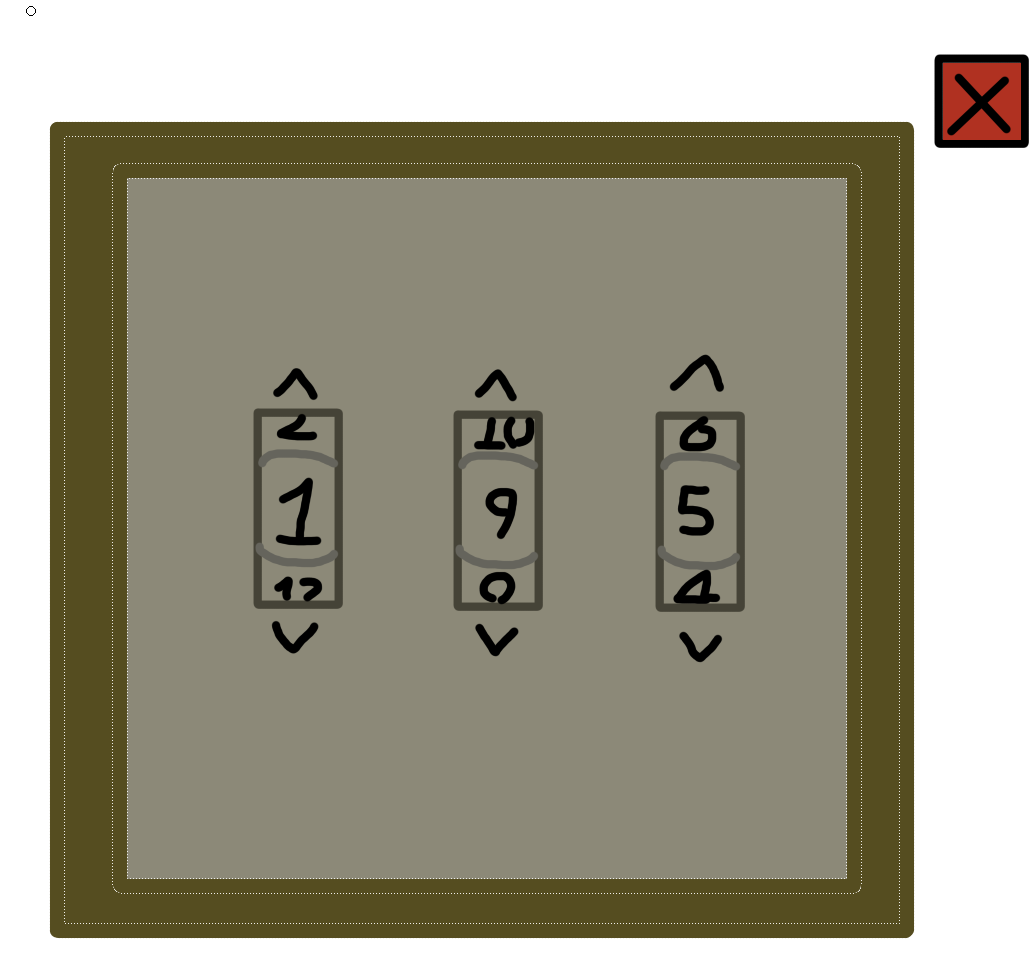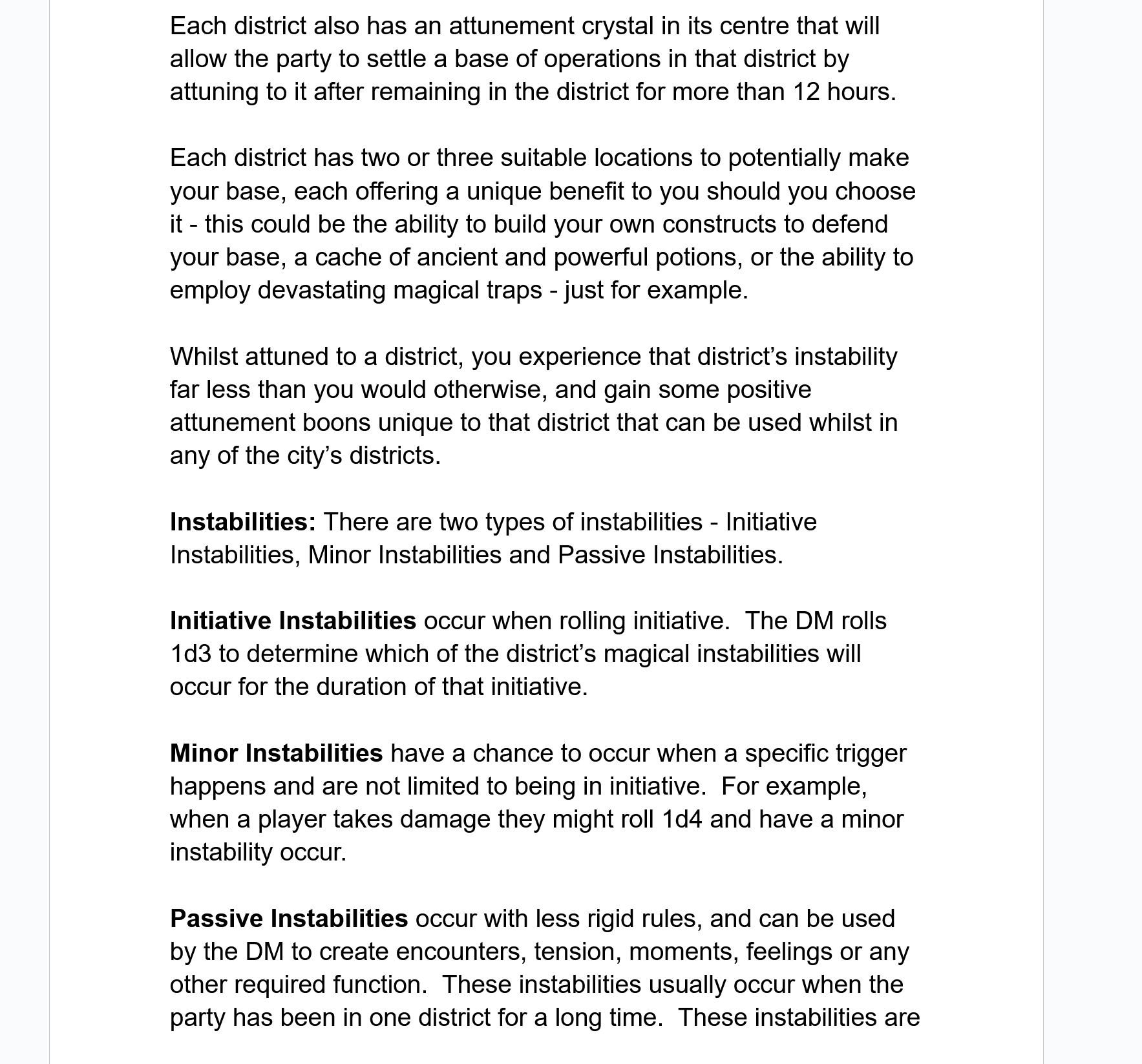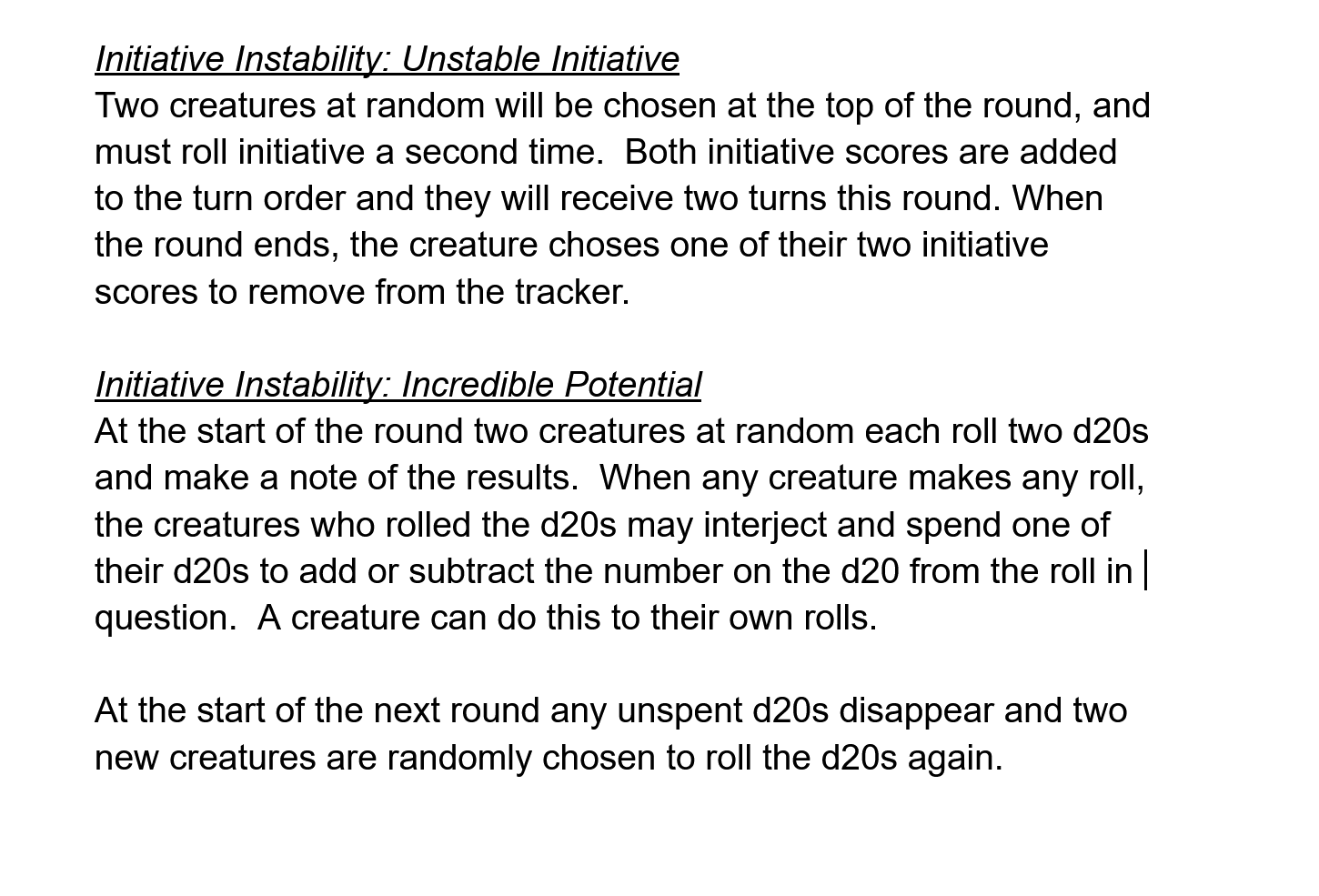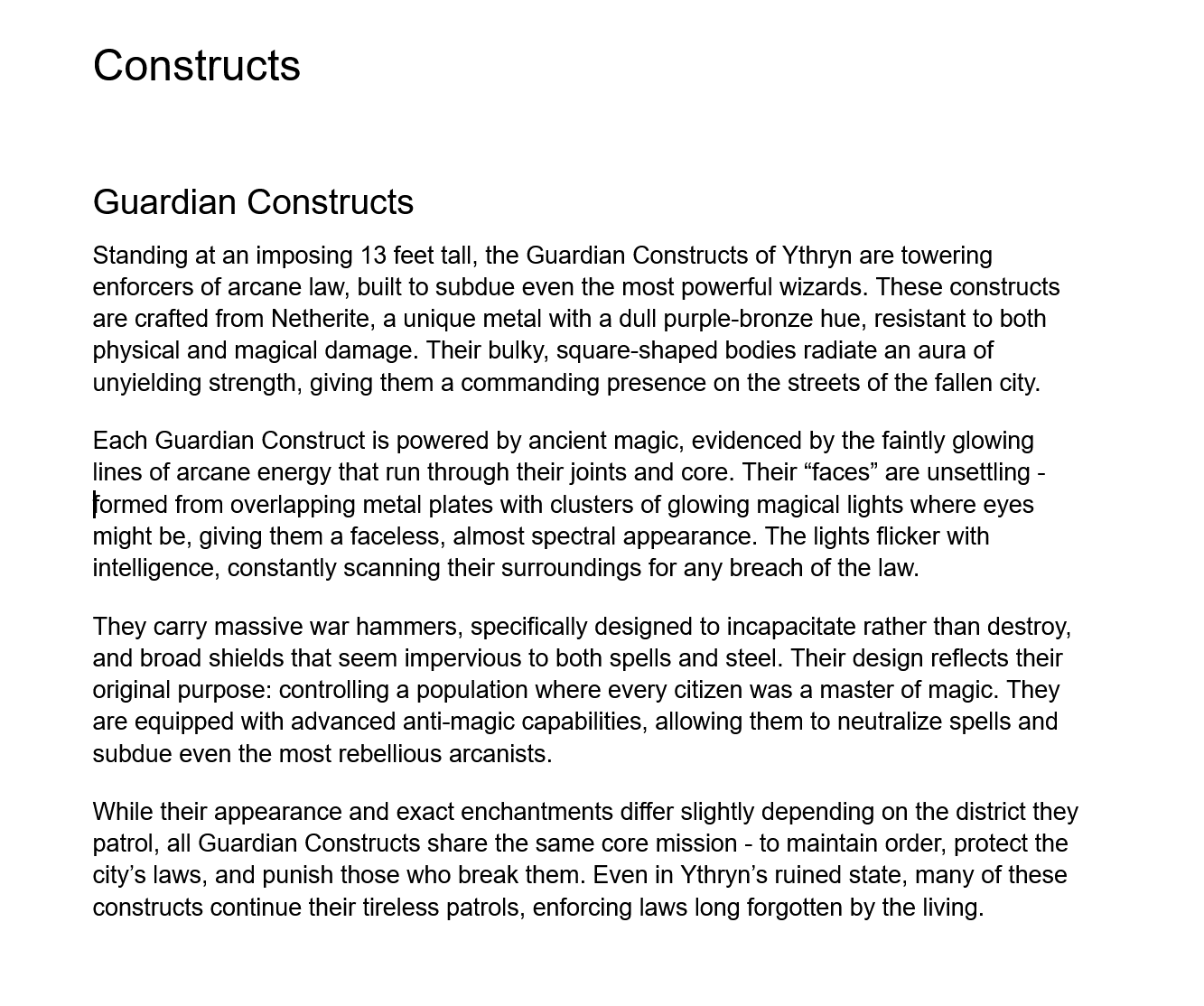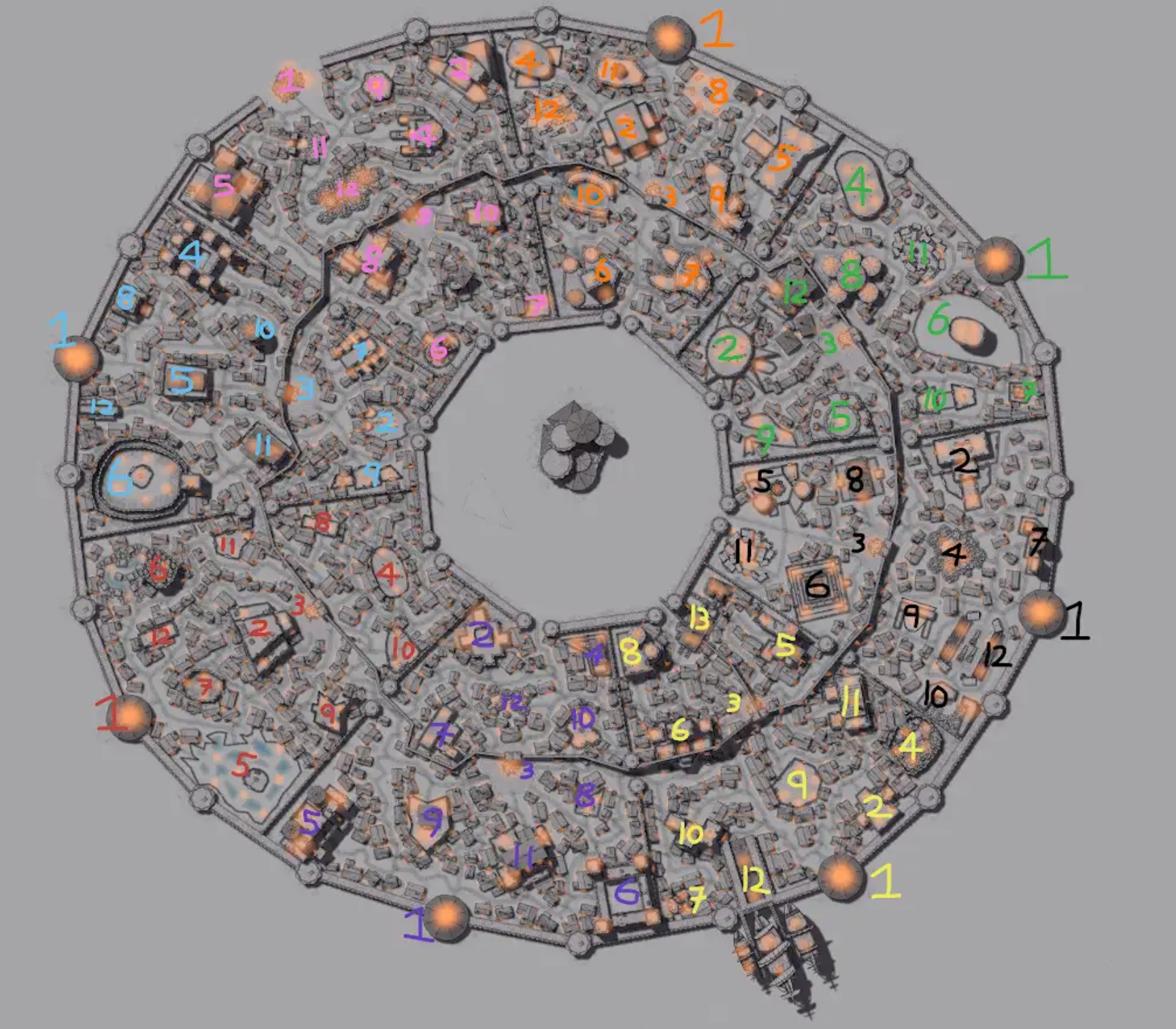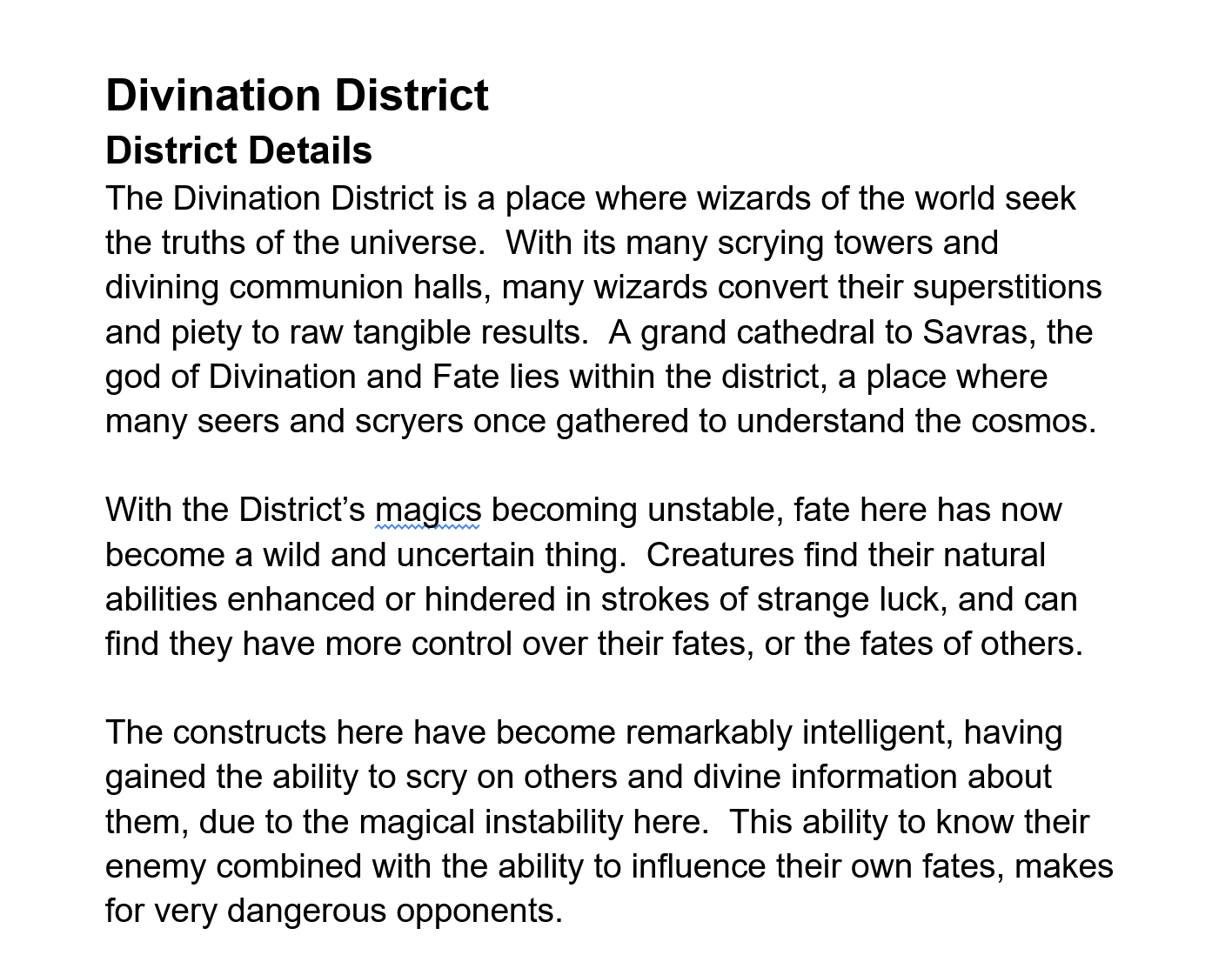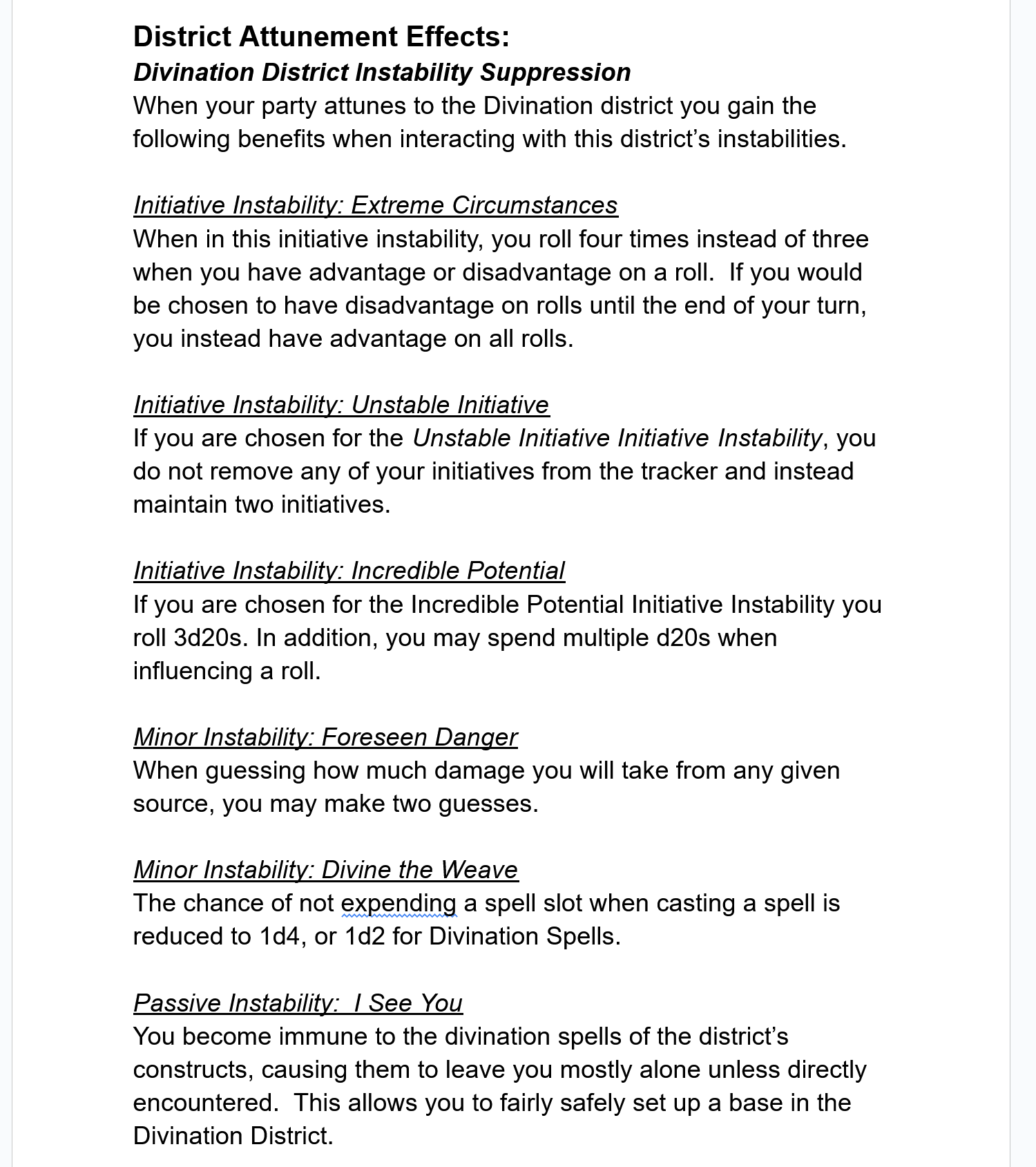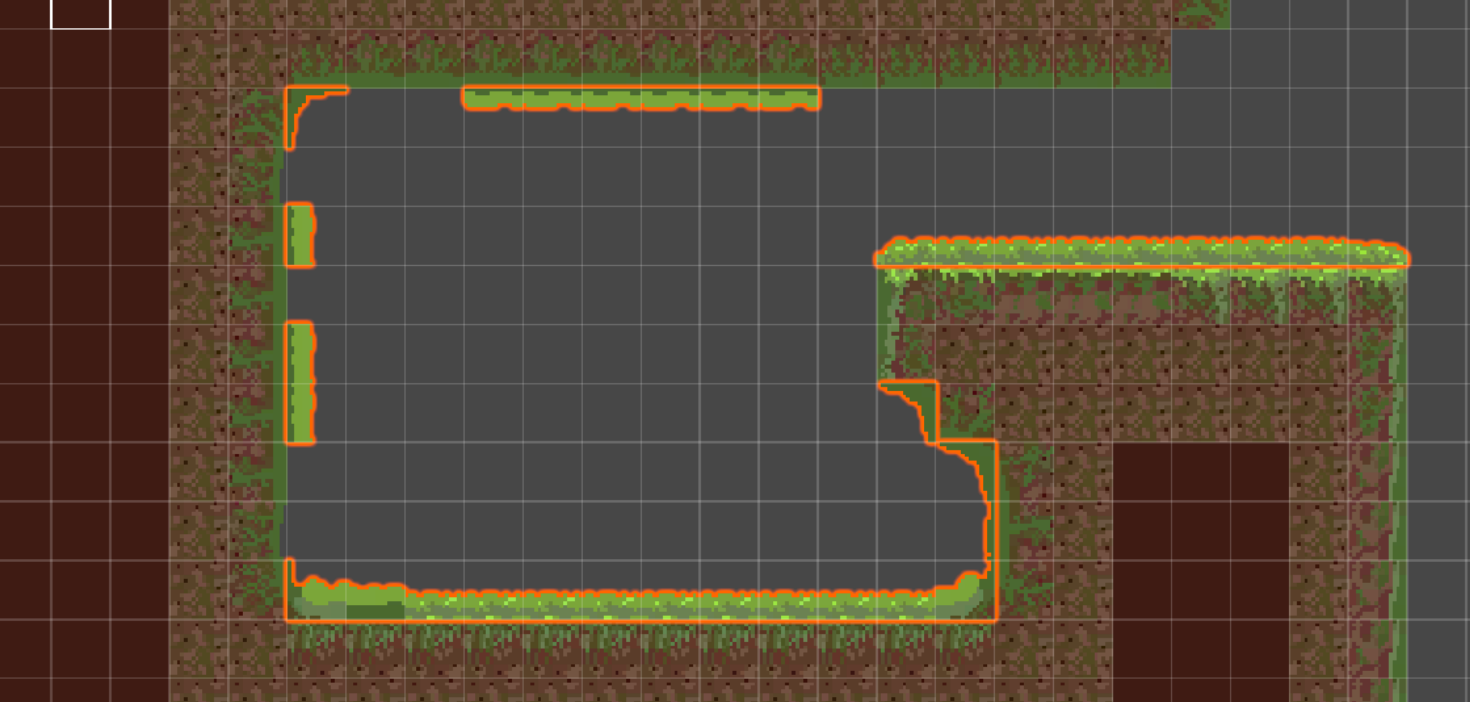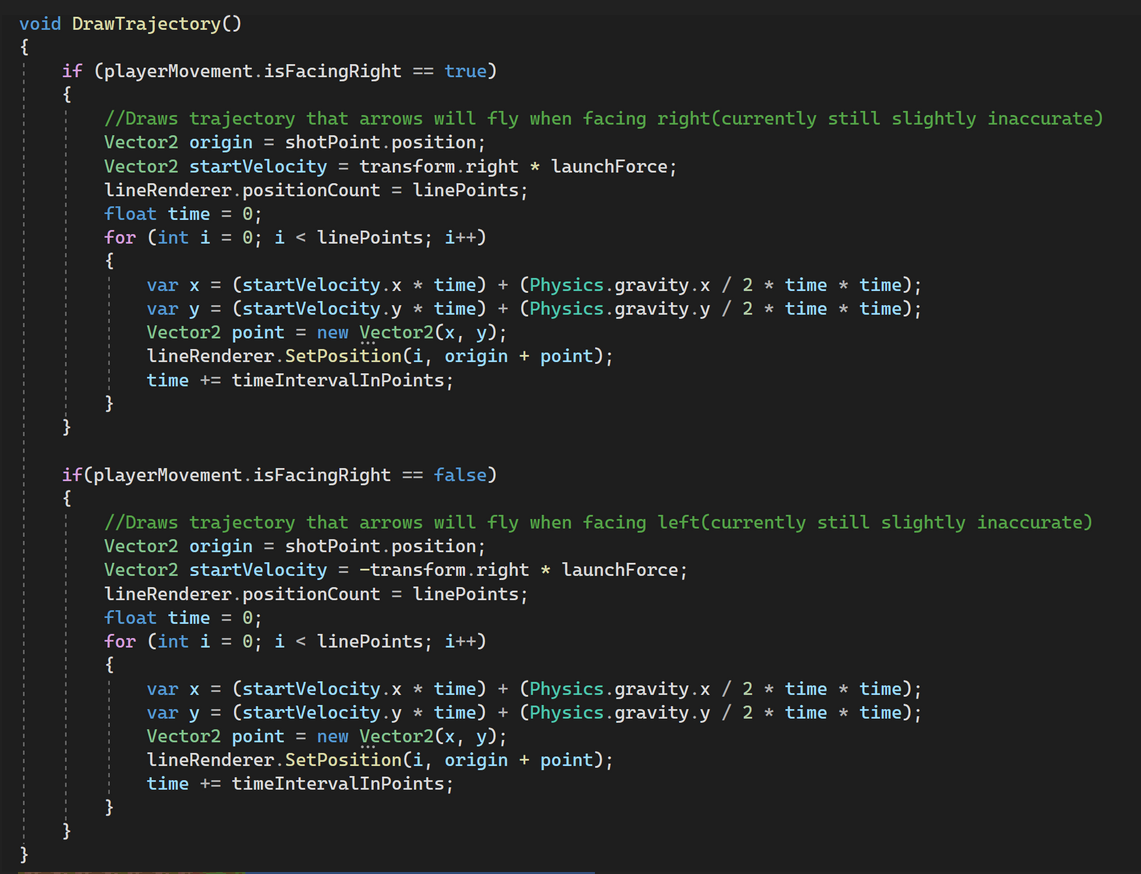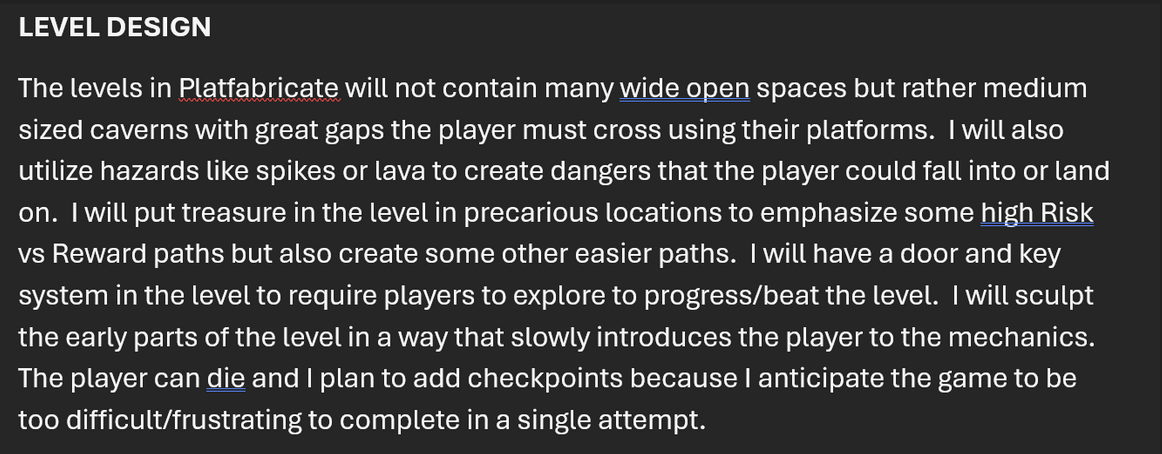My Projects
Unlike other disciplines, most of my work takes place within game design documents.
Here is some of my recent work.
Honours Project
Transposition of World of Warcraft to Dungeons and Dragons 5th Edition
My Honours Project and my ultimate piece of work during my time as a Game Design student. In this project I explored through creative practice, what it takes to transpose rules and mechanics from one IP onto another. Specifically, I challenged myself to taking the complex systems of World of Warcraft’s combat and classes, and transposing them over the rules framework of Dungeons and Dragons 5th edition, creating my own rules inspired by the original works and redesigning systems that did not harmonise together from the two games.
The artefact developed in this project was a Game Design document presented in a PDF fashion, containing all of the new content and rules in a fashion similar to the original D&D rulebooks. The GDD contains four fully realised Classes: Mage, Priest, Rogue and Warrior with a full suite of abilities from World of Warcraft, all playable within a 5e-like framework with new bespoke mechanics to fit the IP. The GDD is over 450 pages, 77,000 words, and is still far from finished, and I should like to complete this project in the future when I have time.
As this artefact is essentially a rulebook, not intended to be read cover to cover, but instead consulted when searching for specific information, it is not the easiest medium to showcase. I will mostly be showing images from my dev diary, which describes my reasoning behind what I am doing, as I think that is the most important thing for a game designer to be judged on.
Dev Comments on Ability Ranks and the removal of the D&D Spell Slot System
Dev Comments on designing for WoW’s equipment slot system
Dev Comments on redesigning the critical strike system
Dev Comments on creating first monsters in preparation of playtesting
Dev Comments on creating a new character sheet template to incorporate new rules
An early blockout of the Mage class
Dev Comments on Designing Player Character levels
If you are curious, here is a link to the GDD.
You can use the left sidebar as a table of contents.
And here is a link to the Development Diary.
Dev Comments on designing for WoW’s 5 attributes vs D&D’s 6 attributes
Dev Comments on designing a rules framework for class abilities
Dev Comments on designing blocking for a true tank role
Dev Comments on creating encounters on Roll20.net to simulate combat in a playtest
The new character sheet, created to serve the needs of this project
Attributes of the Mage Class
The Warrior Ability ‘Heroic Strike’
Explanation of the Mana Resource
Features gained at level 4 for Arms Specialisations Warriors
Explanation of how levelling up works for the Warrior
Blood In The Water
Point and Click Murder Mystery - Group Project
Blood in the Water is part of a large group project in my University, where myself and seven other students of varying disciplines were tasked for creating a demo by studio The Chinese Room. During this time we had frequent meetings with them, allowing us to gain direct feedback from industry professionals and gain insight into what it takes to work within a professional team.
I was one of two designers on this project, and my duties involved:
Writing and Managing the GDD
Designing Core Mechanics
Designing Puzzles
Designing UI
Writing NPC Dialogue
Touching base with artists and programmers to implement my designs
Overview of the Game in the GDD
Design of the game’s first minor puzzle, the Bookcase Puzzle
Design of the game’s second minor puzzle, Painting Jigsaw Puzzle
Description of the game’s ultimate puzzle
Design of Game Mechanics
Mockup of the first puzzle I created, versus the final version implemented by programmers and artists
Design mockup of the Jigsaw puzzle to communicate to programmers
Description of the puzzle’s visual puzzle elements and mockups of them
Implemented version of the cypher clock with strange symbols
Mockup of the puzzle’s solution on scraps of paper
Mockup of the combination safe
Implemented version of the combination safe
Ythryn, Lost City of Netheril
Partial Redesign of the Official Dungeons and Dragons 5e ‘Rime of the Frostmaiden’ adventure module
This project aims to rewrite the final chapter of ‘Rime of the Frostmaiden’ - an official adventure module for Dungeons and Dragons 5th Edition. In the original, the finale takes you to explore a vast city of an ancient society of wizards, lost to time beneath a glacier. I found the city itself to be very underwhelming for what it claimed to be, and so redesigned it, splitting the city into eight districts, each representing one of D&D’s schools of magic, and filling it with key, major and minor locations fitting of their particular district.
The map and all locations outlined in the document were created by me as homebrew for my own D&D campaign, along with an entire suite of new ancient construct type enemies that still populate the long extinct city.
Description of the city’s makeup at a macro level
Description of the instability system.
Description of two of the Divination District’s instability effects.
Description of Guardian Constructs - Ythryn’s Law Enforcement
This document outlines all key, major and minor locations in my Ythryn redesign.
This legend-annotated map of the city helps find where locations and their districts are.
Description of the Divination District.
Description of benefits players can recieve by attuning to the Divination District.
Description of Plasmic Cleaners - Ythryn’s Robot Janitors
Platfabricate
Marrying mechanics and level design
Creating the Tilemap
Creating object sprites
Platfabricate is a solo project of mine which aims to demonstrate creation and implementation of a primary game mechanic that creates dynamic level design. Specifically, I developed a mechanic that allowed the player to shoot a bow and arrow and activate the arrow mid-flight to create a platform at that location, and can have three platforms in play at any one time. The longer the player held the mouse button, the further the arrow would fly, allowing for more fine control.
This mechanic allows for a platforming game in which the player creates their own platforms, allowing for greater mechanical expression during gameplay. This also was an interesting level design exersize, as I had to account for a now uncountable number of possible platform placements by the player when designing the playspace.
As I am not a programmer, I often struggle to fully realise my own mechanics in-engine, but in this instance I managed to successfully code this game prototype. I also created all of the sprites for the game.
Larger portion of the level
Coding arrow trajectory drawing
Mechanics from the GDD
Trajectory line in action
Initial level design notes




